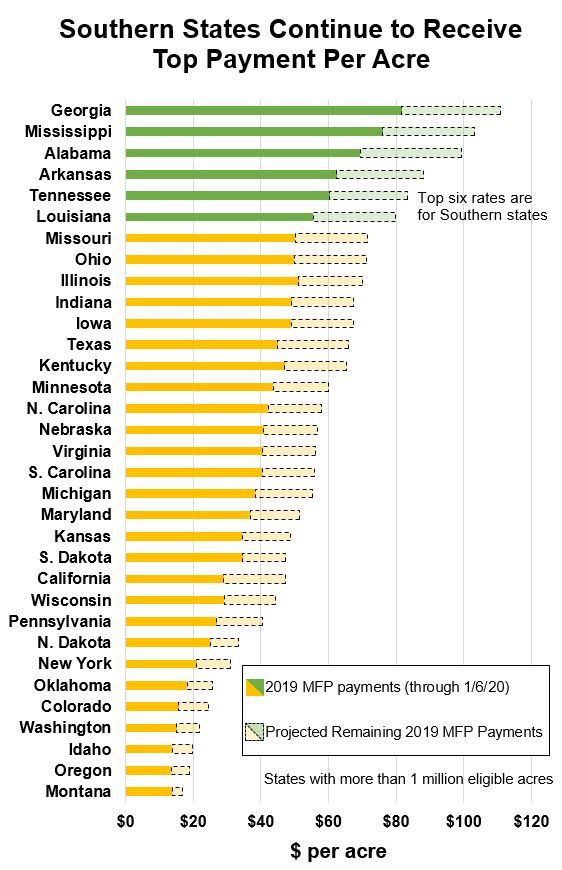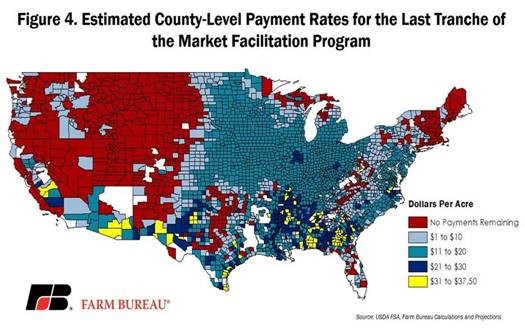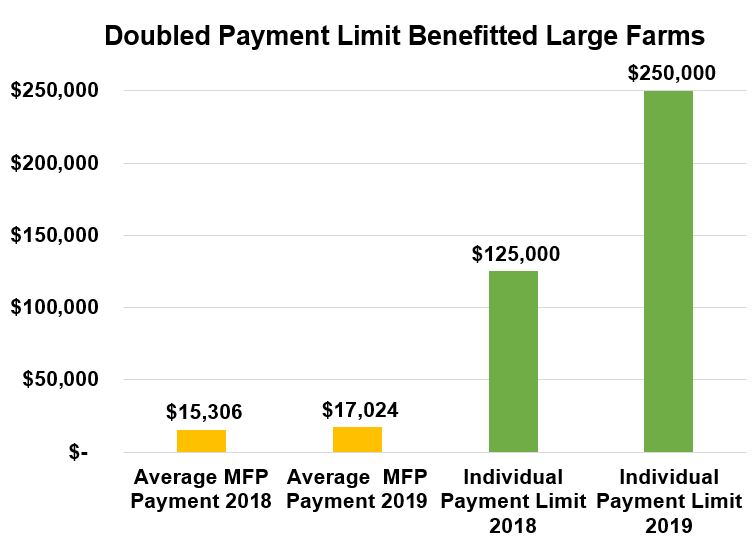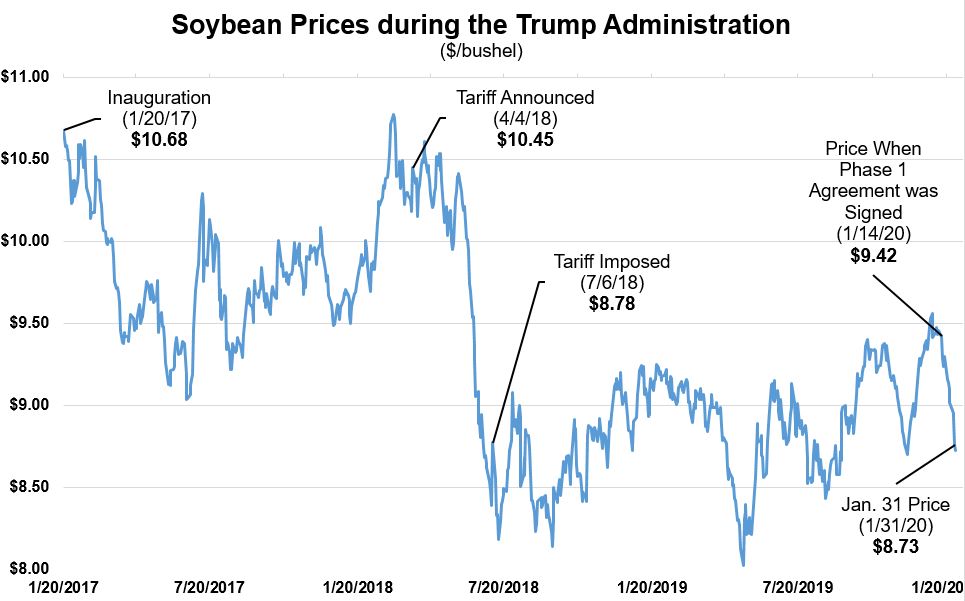Ranking Member Stabenow: New Analysis Shows Continued Bias in Trump Trade Assistance
Stabenow urges the USDA to target assistance to small and medium-sized farms in regions that have been hit the hardest
WASHINGTON – U.S. Senator Debbie Stabenow (D-Mich.), Ranking Member of the U.S. Senate Committee on Agriculture, Nutrition, and Forestry, today released a new analysis revealing that the Trump Administration is continuing to show bias in distributing aid to farmers affected by their chaotic trade policies.
The U.S. Department of Agriculture (USDA) recently announced the final installment of the second year of Market Facilitation Program payments without addressing vast disparities, which have skewed benefits to Southern states, certain crops, and larger farms.
“As farmers continue to face tough times, the Trump Administration has failed to correct the serious inequities within their flawed trade assistance program,” said Ranking Member Stabenow. “While farmers need help in order to weather the trade uncertainty caused by the Administration, the aid continues to favor large farms and the South over those hit the hardest.”

Payouts Remain Concentrated in the South: The last installment of the aid will flow to counties that had higher payment rates, which are disproportionately in the South. The top six states receiving the highest payment rates per acre are located in the South. Over 400 counties in mostly Northern and Western states will get nothing beyond what they received in the first two rounds because they had low payment rates. Georgia is projected to receive over $110 per acre after the last installment and currently leads the nation with payments of over $80 per acre for second year MFP payments, while over 30 states remain below $40 per acre.

A projection of the last installment of payments by acre clearly shows these continued disparities. Areas in the West, North, and Midwest are projected to get little to no additional money from the third installment, with the highest rates continuing to concentrate payments in the South.
Payments Continue to Favor Certain Crops: The Administration’s trade assistance continues to pick winners and losers between crops. The program almost entirely shut out forest products and specialty crops from receiving direct Market Facilitation Program payments, even though many producers are experiencing trade damage.
Large Farms and Foreign Companies See Big Benefits, While Small and Beginning Farms Struggle: Due to relaxed payment and eligibility limits, Market Facilitation Program payments will also continue to benefit large farms. Instead of targeting assistance to small operations and beginning farms that are more vulnerable, the Administration doubled the maximum payment farms can receive from $125,000 to $250,000. This doubled the amount that large operations can receive while doing nothing to target support to small and beginning farms, which have less wealth and higher debt to-asset ratios than large and established farms.
Additionally, American taxpayers are continuing to subsidize foreign corporations through trade assistance. JBS USA, a subsidiary of Brazilian-owned JBA SA, has continued to receive lucrative commodity purchase contracts. With a new $10.8 million pork purchase in January, USDA has bought a total of $100.8 million in commodity purchases from JBS.
No Permanent Solution to Address Trade Damage: While the President signed the “Phase One” agreement with China, there are no guarantees farmers will recover the market access they lost. In the first few weeks following the agreement, soybean prices have decreased by 7%, instead of recovering any of the ground lost when the tariffs went into effect. There are also several outstanding questions about how the agreement will be enforced to ensure China honors the commitments it made. Additionally, the agreement does not guarantee any of the tariffs will be permanently lifted.
Meanwhile, other countries have moved in to take our market share. Brazil has moved aggressively into the market, increasing its market share by more than 40% in the two years since the tariffs were imposed. Until these commitments are enforceable and permanent, farmers will continue to experience the uncertainty this Administration has created in the agricultural economy.
###

